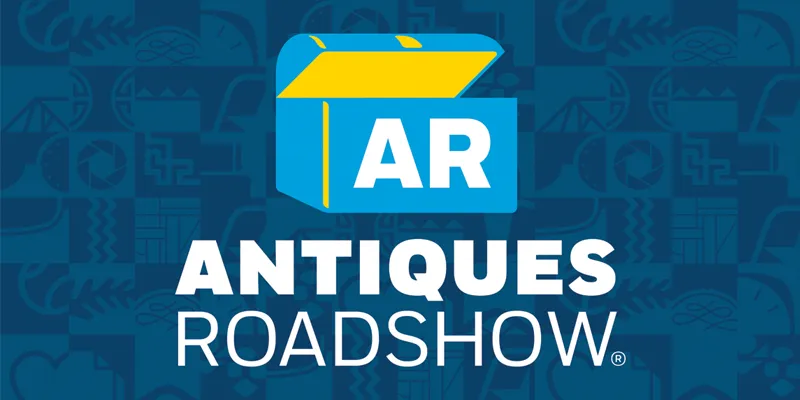GUEST: It was a ring given to me by my late husband, and he inherited it from his mother in 1975. I believe that she bought it when she lived in New York City. I've been told it's a carved emerald with rubies and diamonds on it. I don't know if the setting is white gold or platinum. I'm guessing the year was in the 1920s. I really don't know.
APPRAISER: Well, let's start with the size of the stone. Very difficult, of course, to measure it in the mounting, but I would say it's at least 20 to 25 carats.
GUEST: Wow.
APPRAISER: So it's big size.
GUEST (laughing): Yeah.
APPRAISER: It's an emerald. And a lot of people that look at these stones say, "But it's not such a great color," or "It's not so clear." Well, that makes sense for a carved stone, because you wouldn't really carve a great stone.
GUEST: Right.
APPRAISER: So most of these carved emeralds are not the best examples of the stone.
GUEST: I wondered, because it has a lot of occlusions.
APPRAISER: Lot of inclusions.
GUEST: Yeah.
APPRAISER: But that also makes it very difficult to carve, because if you have a lot of inclusions, it's pretty tricky.
GUEST: Okay.
APPRAISER: But the history of carvings, that's what's interesting to me.
GUEST: Oh.
APPRAISER: Is, this really dates back to the Mughal Empire, when they carved stones. The Shah Jahan, who built the Taj Mahal...
GUEST: Really!
APPRAISER: He would have sacred text inscriptions put in, and carry them as talismans, so it has a long history. And when we look at the carving, it's floral. Little flowers.
GUEST: Mm-hmm.
APPRAISER: So I would say this carving was probably done in the '20s. Now, what happened in the '20s is, Cartier would remount a lot of these emeralds from the maharajahs into Art Deco jewelry.
GUEST: Oh, okay.
APPRAISER: And so it became a fashion. So, many of these we always hope are Cartier. Now, I looked carefully.
GUEST: Mm-hmm.
APPRAISER: It's platinum.
GUEST: Okay.
APPRAISER: Not white gold. I could not find a signature.
GUEST: Yeah.
APPRAISER: So that's disappointing, but the ring looks like it's been sized down, so perhaps it was signed at some point.
GUEST: Oh.
APPRAISER: I think it might be Cartier.
GUEST: Really?
APPRAISER: That would be my guess.
GUEST: Wouldn't that be something?
APPRAISER: It has two rubies, as you know. But on one of them, has a pretty large chip out of it.
GUEST: Right.
APPRAISER: So this ring was worn a lot. The stone-- the emerald itself-- actually has some chips, but it's such a fascinating combination, and it is Art Deco, you're absolutely right.
GUEST: Okay.
APPRAISER: But it doesn't have the signature.
GUEST: Right.
APPRAISER: So, what happens when it doesn't have a signature? The value is not going to be up there.
GUEST: Mm-hmm.
APPRAISER: But I would say, because of the style, because of the size, because of the carving, and because it's so pretty and so interesting, that it is worth between $8,000 and $10,000.
GUEST: Oh.
APPRAISER: Even in this condition. If it were signed Cartier or Tiffany...
GUEST: Yeah.
APPRAISER: ...the price would be $30,000 to $50,000.
GUEST: Wow.
APPRAISER: So, I'm going to give you a task. You think that it might have been purchased at Tiffany.
GUEST: Mm-hmm.
APPRAISER: Try to find the original bill.
GUEST: Right.
APPRAISER: Because then, you would have something really, really valuable.
GUEST: Right, if I could find that receipt. (laughs)
APPRAISER: That's it-- get that receipt.
GUEST: Okay.











